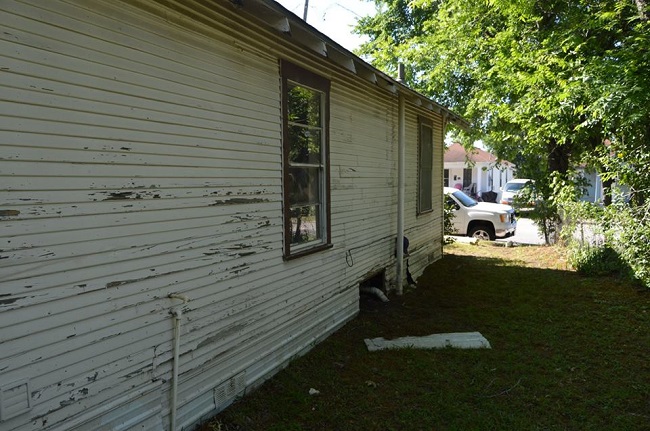Three Testable Ways Your Pier and Beam Foundation Might Not Be Level
Whether you’re looking for a new home to buy or you’re preparing for some hardcore spring cleaning, the integrity of the foundation. When you have a pier and beam foundation, it’s important to check for problems in the subflooring and the floor’s levelness to catch problems early on. Here are three ways to do it.

1. Look for a gradual incline across the length of the house.
It’s hard to notice a whole house tilt by yourself. If your home is built on a hill, or there’s been a lot of erosion in the last few months, those are signs that shifting is a risk. If the tilt is severe or growing, you might be able to feel it as you walk down a straight hallway. But the best way to discover a tilt across a whole house’s foundation is to call an inspector. They can often confirm a tilt down to the degree as part of a free estimate for repairs.
2. Check rooms from corner to corner.
It’s easier to check individual rooms for a tilt. You may have heard of the marble test, where you place a marble in different sections of the floor and see if it rolls. You can also use a level or other DIY tests. If just one room is at a tilt, that means there’s uneven stress on the foundation, and a more official test can isolate the problems.
3. Look for vertical and horizontal warps.
Even if one corner of the room isn’t higher than the other, there may be warps and warbles across the space. That’s because most rooms are big enough to have several piers and beams under the floors. If one of them settles or starts to crack, you might be able to feel or see valleys or waves in the flooring.
If you want to get your foundation tested so you know for sure, go to Steady House Foundation Repair here.
